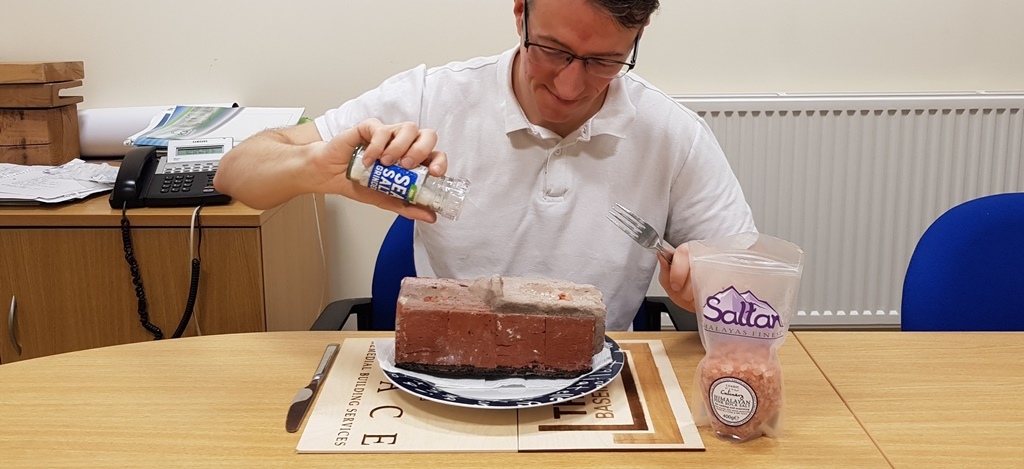BS8102 Environmental Grades Explanation
BS8102 (2022) defines four grades of environment, which in simple terms is a way of classifying how dry or otherwise a space is, or should be. We were on the update panel for the 2022 revision and we party to the discussions around revision of this guidance from the previous standard.
Environmental grades:
In the previous BS8102 standard there were grades 1, 2 & 3. The new grades detailed in BS8102 2022 are: 1a, 1b, 2 and 3. These are explained below, but firstly...
Examples of usage have been removed
One of the major changes is that the 2009 revision included examples of usage for the different grades. This made it easy to interpret to a degree in that if for example, a space was habitable, this fell under grade 3 and this states that you need a totally dry environment (no water penetration, no condensation issues), which is quite straight forward.
Where there was perhaps scope for lesser clarity related to the lower grades, so grade 1 allowed for some seepage, and you might need some localised drainage to deal with this, and the example usage, was basic (non-electrical) plant rooms and car parks.
The apparent difficulty with this, and it hasn't been an issues we've really ever come across, is that it could provide scope for avoidance of liability, i.e. not everyone wants ingress within their car park (for example), then post completion, if the waterproofing is not up to scratch, and whoever is responsible for the waterproofing might walk away stating it's grade 1 and therefore compliant.
When I did my training with Phil Hewitt back in the day :) it was very much about the application of common sense - does the extent of water ingress into a grade 1 environment, mean that the space is fit for purpose or not? If not, then it doesn't achieve grade 1. I haven't found an issue with this personally.
In any case, the rationale now provided within the BS8102 (2022) revision, is that designers must agree the grade of environment with the client (we've always subscribed to this viewpoint) whatever that might be, so in theory no longer can a party rely on the published example usage stating 'it's a car park so it's grade 1, bye' etc.
Grades 1a and 1b
Another revision is the subdivision of grade 1. To explain what they mean:
- 1a - seepage from internal and external sources (meaning leaks) are ok, as long as this does not impact usage - so much like the fit for purpose approach detailed above.
- 1b - can have no seepage from internal/external sources, but damp patches are tolerable.
In other words, for 1b, it can leak to an extent which gives you a damp patch (water held in the capillaries of the structure/material/concrete) but not so much that there is seepage, which is the 'slow transmission of water through discrete pathways in the structure'.
.jpg)
The question many have asked, is how do you design something to leak a little but not enough to result in seepage? I cannot say that I have the answer. An example could be in reinforced concrete, where crack dimension could potentially influence this, but there is such a thing as 'hydraulic gradient' which is the ratio between wall thickness and depth of hydrostatic head coming to bear, both influencing how much cracks of different dimensions might leak.
Potential depth of hydrostatic head is not a constant and may vary, so I think it's difficult to design for.
I think in reality, you're designing a structure not to leak. I foresee that the only real circumstance to make use of it will be in the description of an environment at a given point in time, a cellar with damp walls/floors that suffers no liquid water penetration is common, but of course such spaces can flood where no effective waterproofing is present, and if this occurs it is no longer 1b.
Grade 2
The previous BS8102 (2009) grade 2 stated 'no water penetration acceptable, but some dampness tolerable - you might need ventilation to control'. Some interpreted this as being like the new grade 1b - you can have some ingress as long as it is only enough to give you a capillary damp patch. Our view is that no water penetration means just that, no water penetration, and that the dampness referred to is environmental, condensation for example and hence ventilation might be required to control this.
There are certainly usages of space, which you just would not heat/insulate, where you don't want any liquid water penetration, but mechanical ventilation is worthwhile to ensure air movement and limit scope for ventilation. Basic external store rooms (can be a feature in newbuild housing into sloping sites), store rooms for apartments located in basement car parks, electrical plant rooms - all examples of grade 2 which we see.
Irrespective, the new grade 2 clarifies that to achieve this grade, there can be no water penetration from an external source, whether liquid or capillary moisture.
Grade 3
This is as it was - totally dry meaning no water penetration (same as grade 2), but then with heating and ventilation to ensure no issues of environmental moisture (condensation).
In closing
It's not that complicated, but it does help having the experience of the application of these grades, in practice. If you need advice / a waterproofing designer, please contact us.



.JPG)
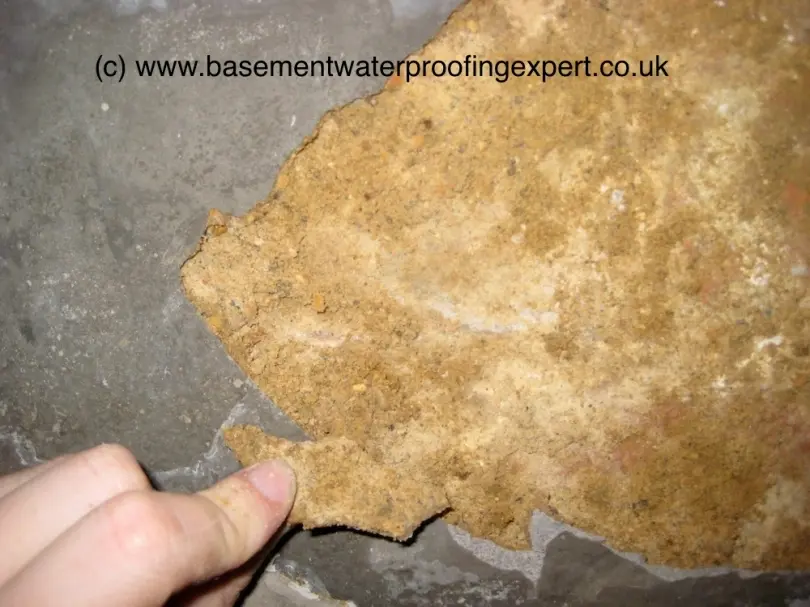

.JPG)
.jpg)




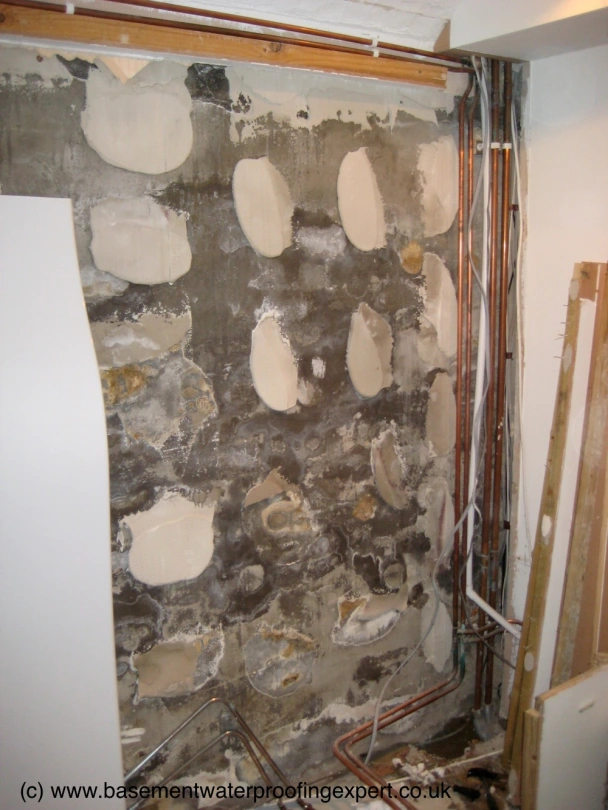
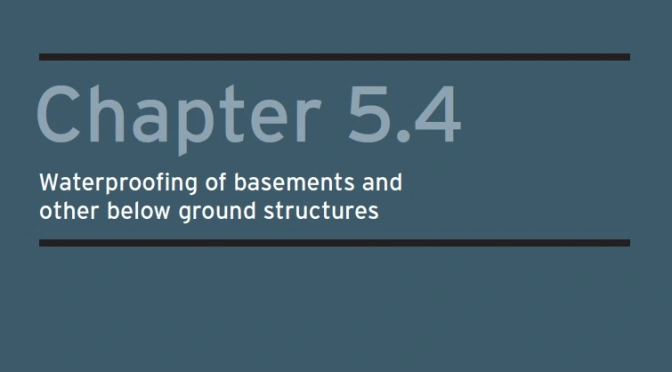
.JPG)
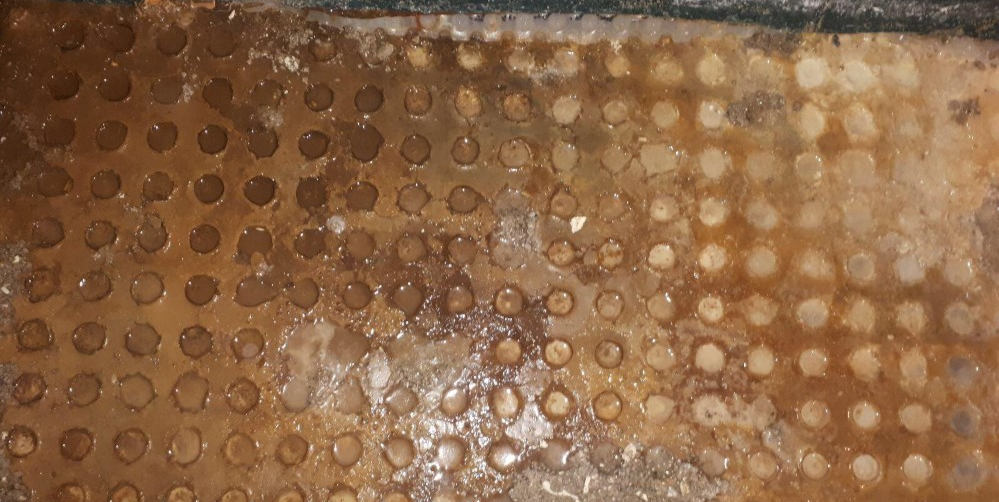
.JPG)

.jpg)
.jpg)
.jpg)

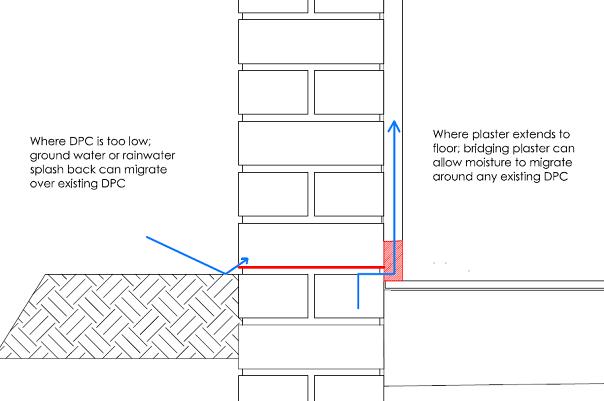
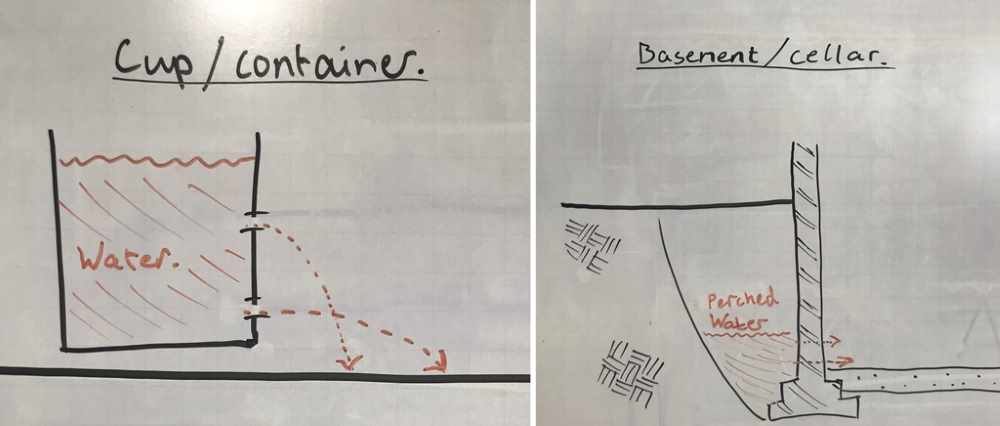
.jpg)
.jpg)
.jpg)
.jpg)


.jpg)
.JPG)

